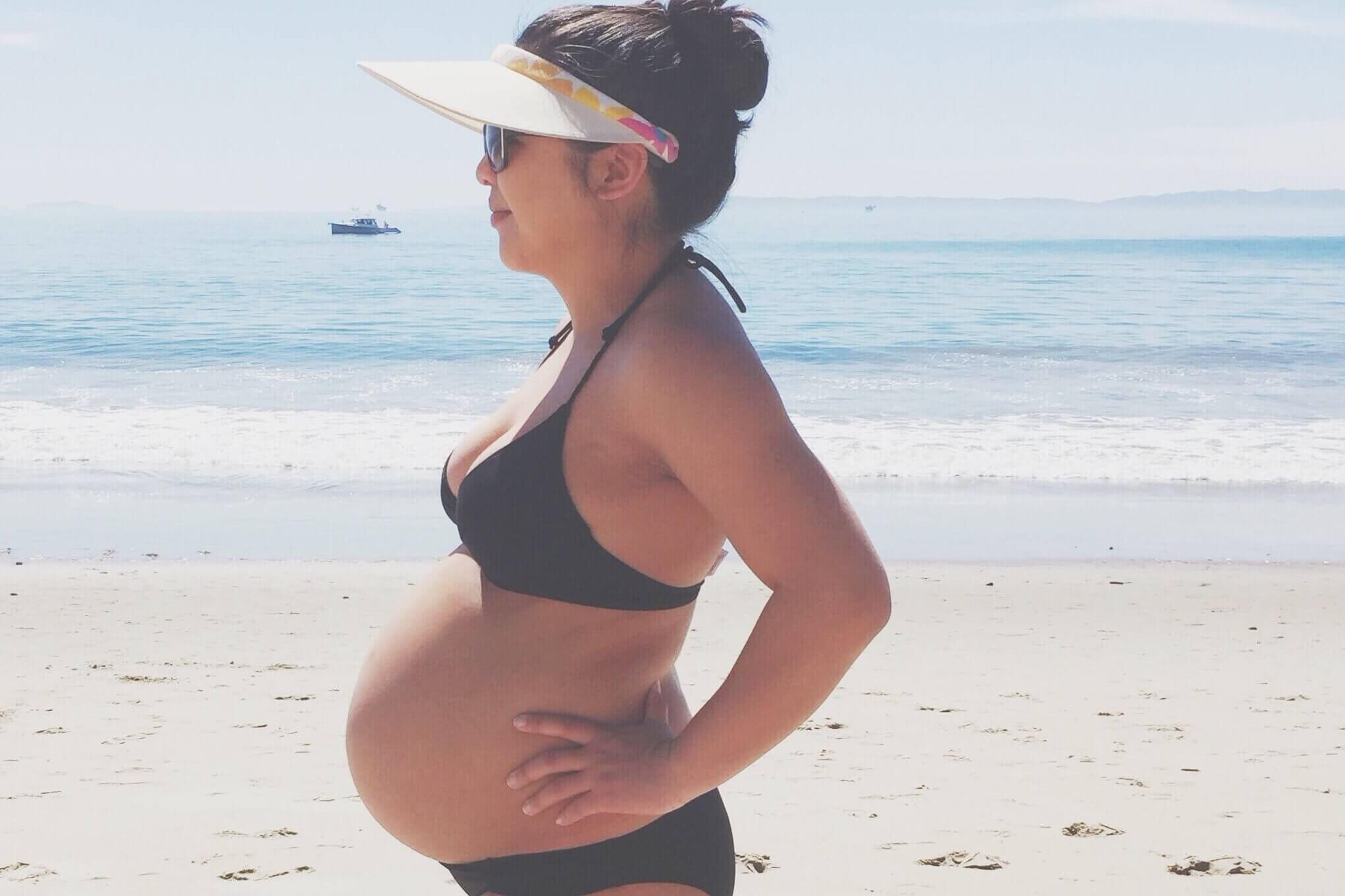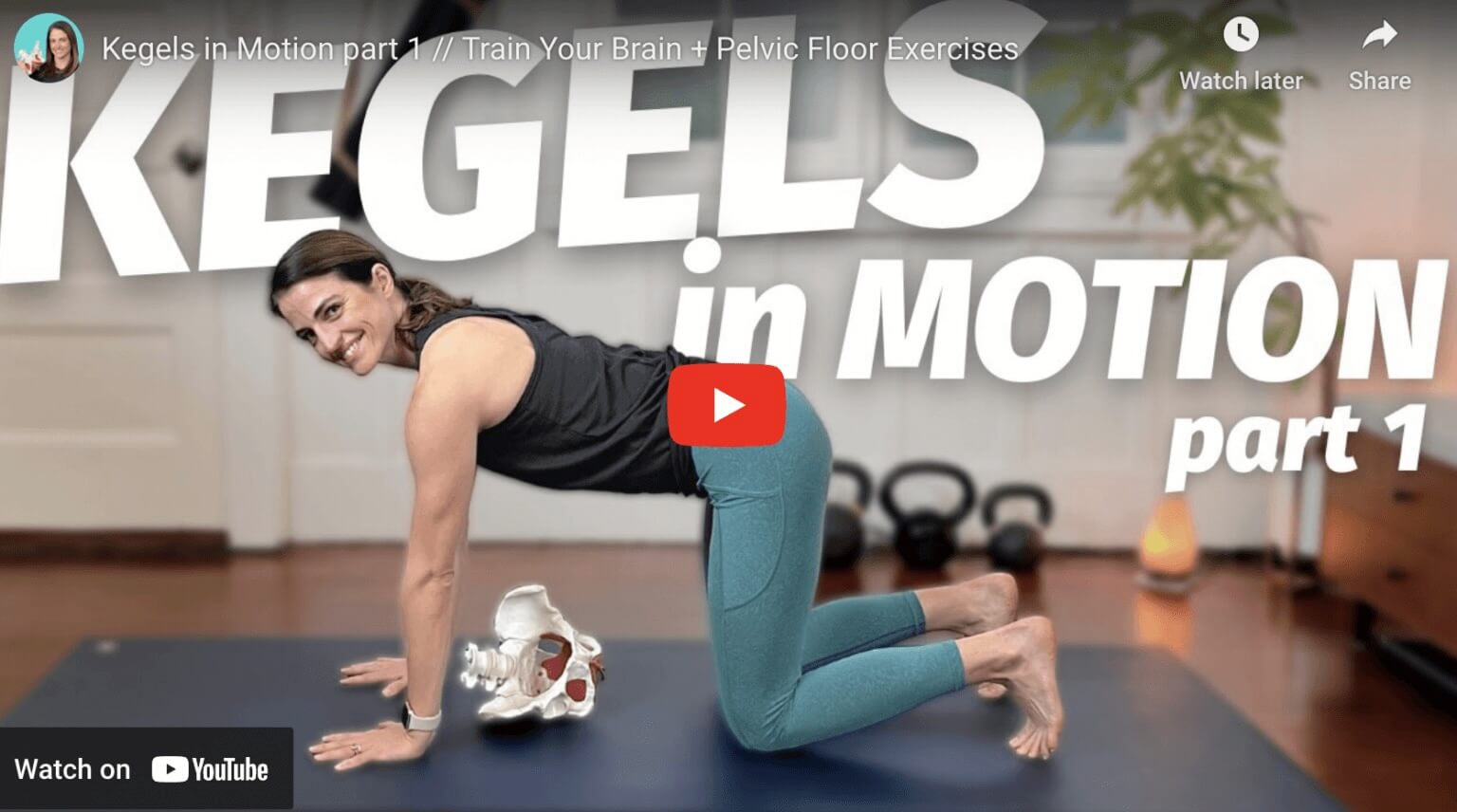
The Power of Yoga: Favorite Poses and Stretches for the Postpartum Period
December 8, 2025 · Rachel, Founder of Mother Muna
As a new mom, you may be feeling overwhelmed, exhausted, and in need of some self-care. One of the best ways to take care of yourself during the postpartum period is through regular yoga practice. Yoga can help to improve physical and emotional well-being, and can provide much-needed relaxation and stress relief. In this blog post, we’ll share some of our favorite yoga poses and stretches for the postpartum period.
Benefits of Yoga for Postpartum Recovery
Yoga offers many benefits for postpartum recovery. Here are just a few of the ways that yoga can help new moms:
Improved physical health: Yoga can help to improve physical health by strengthening and stretching the muscles. This can be especially helpful during the postpartum period, as the body undergoes many changes. Yoga can help to support the recovery process and promote overall physical health.
Reduced stress and anxiety: Yoga is also known for its stress-reducing and anxiety-reducing effects. Through the practice of deep breathing, meditation, and mindfulness, yoga can help to calm the mind and reduce stress. This can be especially beneficial for new moms, who may be feeling overwhelmed and anxious during the postpartum period.
Improved sleep: Yoga can also help to improve sleep. Through the practice of relaxation techniques and calming the mind, yoga can help to promote better sleep. This is important for new moms, who may be struggling with sleep deprivation during the postpartum period.
Favorite Yoga Poses and Stretches for the Postpartum Period
Now that we’ve discussed the benefits of yoga for postpartum recovery, let’s share some of our favorite yoga poses and stretches for the postpartum period. These poses are gentle and safe for new moms, and can help to support the recovery process and promote overall well-being.
Cat/Cow Pose: This pose is great for stretching and strengthening the back and abdominal muscles. To do the Cat/Cow Pose, start on your hands and knees, with your wrists directly under your shoulders and your knees directly under your hips. Inhale, and arch your back, letting your head and tailbone drop towards the ground. Exhale, and round your back, tucking your chin towards your chest. Repeat this movement for several breaths, feeling the stretch in your back and abdominal muscles.
Downward-Facing Dog: The Downward-Facing Dog pose is a classic yoga pose that provides many benefits. It stretches and strengthens the arms, legs, and back muscles, and can help to improve posture. To do the Downward-Facing Dog pose, start on your hands and knees, with your wrists directly under your shoulders and your knees directly under your hips. Inhale, and lift your hips towards the ceiling, straightening your legs and pressing your heels towards the ground. Hold the pose for several breaths, feeling the stretch in your arms, legs, and back.
Child’s Pose: The Child’s Pose is a gentle, restorative pose that can help to calm the mind and reduce stress. It stretches the back and shoulders, and can help to improve flexibility. To do the Child’s Pose, start on your hands and knees, with your wrists directly under your shoulders and your knees directly under your hips. Inhale, and sit back on your heels, stretching your arms forward and resting your forehead on the ground. Hold the pose for several breaths, feeling the stretch in your back and shoulders.
Pigeon Pose: The Pigeon Pose is a great stretch for the hips and lower back. It can help to improve flexibility and reduce tension in these areas. To do the Pigeon Pose, start in a plank position, with your wrists directly under your shoulders and your feet hip-width apart. Inhale, and lift your right leg, bringing your right knee towards your right wrist and your right foot towards your left hand. Lower your right leg to the ground, keeping your hips square and your back leg straight. Hold the pose for several breaths, feeling the stretch in your hips and lower back. Repeat on the other side.
Corpse Pose: The Corpse Pose is a final relaxation pose that can help to calm the mind and promote relaxation. To do the Corpse Pose, lie on your back, with your legs hip-width apart and your arms by your sides. Close your eyes, and focus on your breath, letting your mind and body relax. Hold the pose for several minutes, feeling the relaxation and calmness wash over you.
In conclusion, yoga can be a powerful tool for postpartum recovery. By incorporating yoga into your routine, you can improve your physical and emotional well-being, and support the recovery process. We hope that these favorite poses and stretches will help you to feel stronger, more flexible, and more relaxed during the postpartum period. Happy practicing!
Yoga Equipment for Beginners
Extra thick yoga mat: A yoga mat is an essential piece of equipment for practicing yoga. It provides a comfortable and non-slip surface for practicing poses and stretches.
Stability blocks: Yoga blocks are useful for providing support and stability during yoga poses. They can be used to modify poses and make them more accessible for beginners.
Straps for stretching: Yoga straps are another useful tool for modifying poses and making them more accessible. They can be used to help with stretching and alignment, and can be especially helpful for beginners.
Bolster: A yoga bolster is a long, firm cushion that can be used for support and comfort during yoga poses. It can be helpful for restorative poses, as well as for providing support during seated or reclined poses.
Blanket: A yoga blanket is a versatile piece of equipment that can be used for a variety of purposes. It can provide warmth and comfort during relaxation poses, and can also be used for support and modification of poses.
Towel: A yoga towel is a useful accessory for practicing yoga, especially if you tend to sweat during your practice. It can provide a non-slip surface for your hands and feet, and can also be used to wipe away sweat.
Socks: Yoga socks are another useful accessory for practicing yoga. They can provide added grip and traction on your yoga mat, and can also help to keep your feet warm during relaxation poses.
Eye pillow: A yoga eye pillow is a small, weighted pillow that can be placed over the eyes during relaxation poses. It can provide added comfort and relaxation, and can help to block out light and distractions.
3 Books for Beginning Yoga Practice in the Postpartum Period
The Mindful Mom-to-Be: A Modern Doula’s Guide to Building a Healthy Foundation from Pregnancy Through Birth by Lori Bregman
Yoga for the Pregnant & Postpartum Core: A Handbook for Yoga Students & Teachers by Megan Sloan
Awake at 3 a.m.: Yoga Therapy for Anxiety and Depression in Pregnancy and Early Motherhood by Suzannah Neufeld MFT


